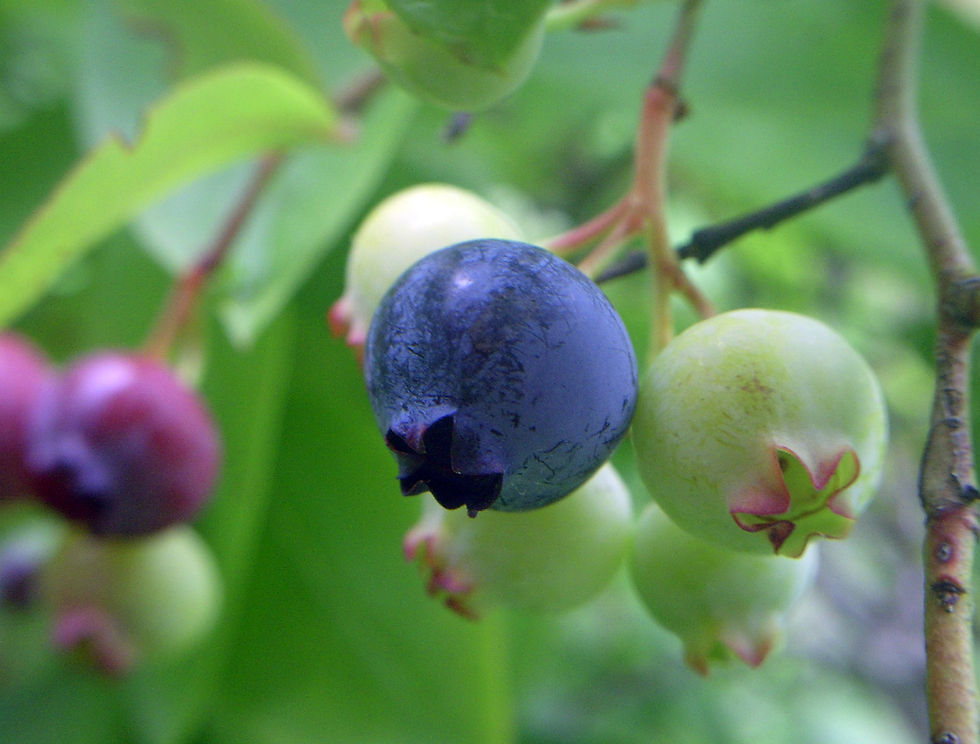Refuge from the Heat
- Jennifer Anderson

- Jul 19, 2022
- 2 min read

When temperatures top 90 degrees, I seek shelter where I
can, and my first choice is usually under the luscious, dangling green leaves of the River Birch Tree.
The long-ago and benevolent yet short lived Emperor
of Mexico, Prince Maximilian, might have agreed with me. The most beautiful of American trees, he reportedly stated on a tour of the United States sometime before his reign in the mid-1800s.

What Maximilian might have reflected on were the trees’ peeling bark; the whitish bark with its black lenticels pulling away from the trunk yet remaining on the tree, revealing a salmon or cinnamon color underneath.
It’s this feature that makes River Birch sought after as an ornamental tree, often presenting as a clump, where several trunks grow out of the same base.
Also a favorite of wildlife, River Birch ranks No. 4 on entomologist Doug Tallamy’s Top 10 list of the best trees for birds. Birds primarily feed on insects, and Birch trees support hundreds of butterfly and moth species. A "pollinator powerhouse," according to the Native Plant Trust of Massachusetts.

Among feeders are caterpillars of the Mourning Cloak and Dreamy Duskywing (pictured left) butterflies. You’ll also see Eastern Tiger Swallowtail (pictured top), and while deer browse on the twigs the tree is generally tolerant of deer, black walnut, wind and other effects.
River Birch are fast growing yet long lived and generally topping out at 30 to 50 feet tall. These trees thrive in full sun to part shade and in moist, and occasionally wet, conditions. They do well in low-lying areas or near a pond or stream yet also adapt to more upland areas.
Sources:
Betula nigra, North Carolina Extension Gardener Plant Toolbox. https://plants.ces.ncsu.edu/plants/betula-nigra/
Bryant, T. “Native Son: Ecologist Doug Tallamy Wants You to Landscape for Butterflies, Birds and a Better Way of Life.” University of Delaware Research magazine Vol. 2, No. 1. http://www1.udel.edu/researchmagazine/issue/vol2_no1_enviro/pdf/top10natives.pdf
Grelen, H.E. River Birch. USDA Forest Service Southern Research Station. https://www.srs.fs.usda.gov/pubs/misc/ag_654/volume_2/betula/nigra.htm





Comments